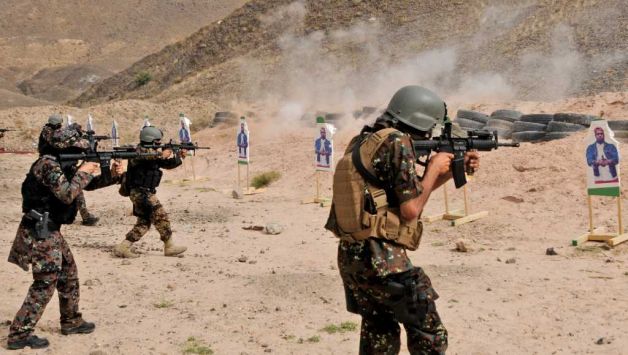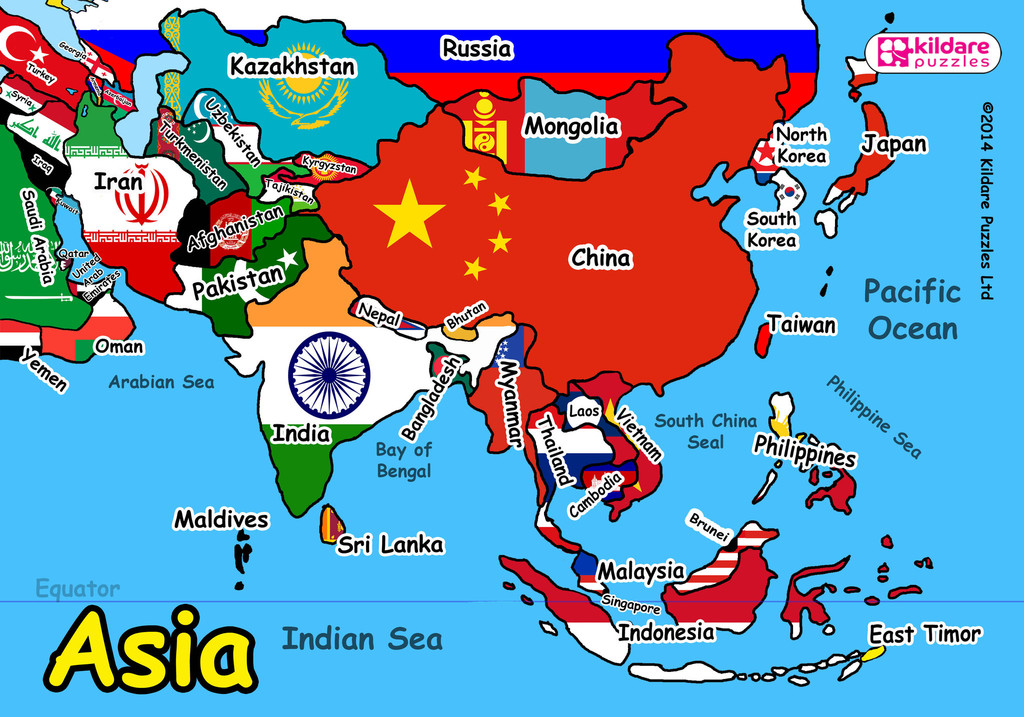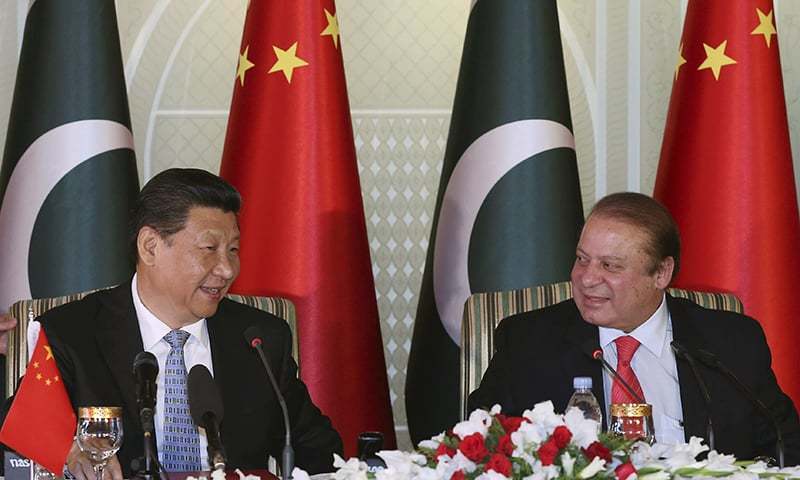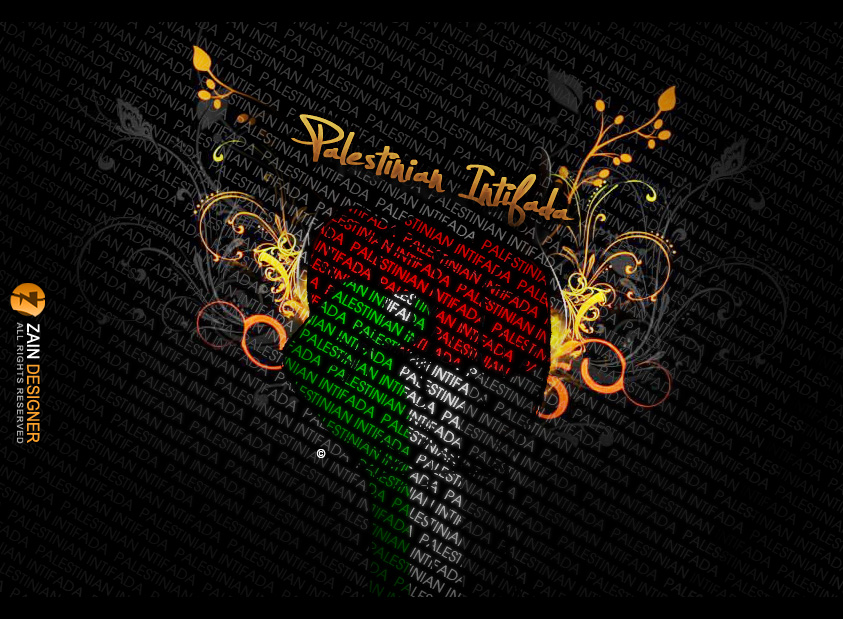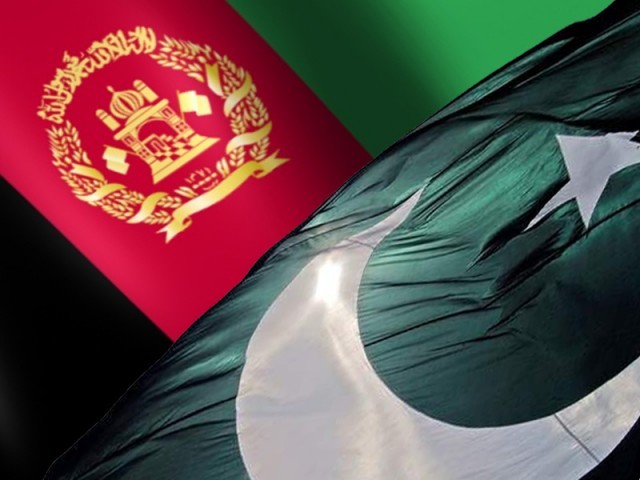Terrorism is a substantial threat to the national security of Pakistan. It has unprecedentedly distressed the human lives leading to induction of national socio-economic trauma. For instance, the country has suffered a large number of human casualties from terrorism-related incidents such as suicide bombings, mass shootings, target killings, and sectarian violence. For example, the death toll from terrorism-related incidents rose to 1808 from January 2016 to December 2017. Furthermore, the economy sustained direct and indirect losses since the beginning of the terror wave in the past decade. Direct losses were in the form of attacks on infrastructure and development resources. On the other hand, a worsened security situation led to indirect losses such as lack of tourism and foreign direct investment. Collectively, the economic losses are estimated to be a staggering amount of 10,497.06 Billion USD from 2001 to 2017.
Boosting literacy rate is considered a necessity for combating terrorism. There is a direct relation between terrorism-fueled incidence and education levels. As illiterate youth are more likely to be radicalized and vice versa. Though, a minority of counterterrorism analysts disagree with this traditional view of the linkage between education and terrorism. Some researchers suggest that highly educated persons are more likely to be recruited by terrorist organizations as they increase the productivity of terrorism. They further argue that in countries with high labor competition and corruption levels, ‘education may actually facilitate mobilization by amplifying feelings of frustration and disenfranchisement that arise from unaddressed socioeconomic and politico-economic grievances.’ Partially, their claims are true as there is evidence of the radicalization of highly educated youth and university graduates have been found to be involved in terrorist attacks. However, a geospatial analysis about terrorism incidence and illiteracy rate from the year 1998 until 2012 proves that increase in illiterate population is directly proportional to the frequency of terrorism incidences in Pakistan.
State actions against terror outfits are also crucial to the process of rooting out terror. If instead of taking firm actions, state start to sponsor the proscribed outfits; the terrorist organizations can find a breeding ground where they can further their agenda without any fear of being policed. Thus, state-sponsored terrorist organizations can become far more deadly as compared to their non-state-sponsored counterparts, hence, making it impossible to eliminate terrorism. Evidence suggests that the Pakistan Intelligence Service has been lending support to certain terror outfits such as Haqqani Network and Afghan Taliban over the years for the sake of proxies, thus becoming an obstacle to counterterrorism efforts in the country. So, it is important that the government of Pakistan start taking firm actions against all kinds of proscribed outfits by putting an end to state-sponsored terrorism in order to fully eradicate the terrorism from Pakistan.
Finally, effectively combating the mainstreamed religious propaganda is inevitable in tackling the problem of terrorism in Pakistan. Propaganda is a decisive part of the recruitment process of terrorist organizations. For instance, it would be virtually impossible for global terror networks such as ISIS and Al-Qaeda to find recruits without spreading their Jihadist propaganda because generally there are no economic or social incentives for recruits to join terror outfits except to be brainwashed by extremist ideological propaganda. In Pakistan, terrorists use ‘Maddrassas’ as their hubs to further their propaganda. Widespread religious seminaries or so-called ‘Maddrassah’ provide terror outfits with an easy way to reach out to young minds and brainwash them for extremist purposes in Pakistan and in the neighboring countries. Maddrassah education is generally free of charge and also Madrassah students are provided with free accommodation and food. Majority of poverty-ridden families in rural areas choose to send their children to Maddrassas, thus leading to masses of religious students graduating with brainwashed minds providing a fresh supply of recruits to terror networks. Hence, it is the need of the time to put a check on Maddrassah education to prevent terrorists from mainstreaming their propaganda in the country.
All three solutions are equally important to manage the problem of terrorism in Pakistan. Though taking firm actions against terrorist organizations is immediate need but increasing the literacy rates and combating the radical propaganda by terrorist networks are equally effective methods to counter terrorism. However, these solutions require different strategies to be applied correctly. For instance, increasing literacy rates requires the allocation of more resources for education from the national budget. Thus economic reforms are required to implement the first solution. On the other hand, the implementation of the second and third solution requires changes in the fundamental policies of the government to put an end to state-sponsored terrorism and mainstreamed radical ideologies. All in all, the implementation of three solutions need diverse and different reforms but only the combination of all these solutions can be the most effective way to combat terrorism in the country.

